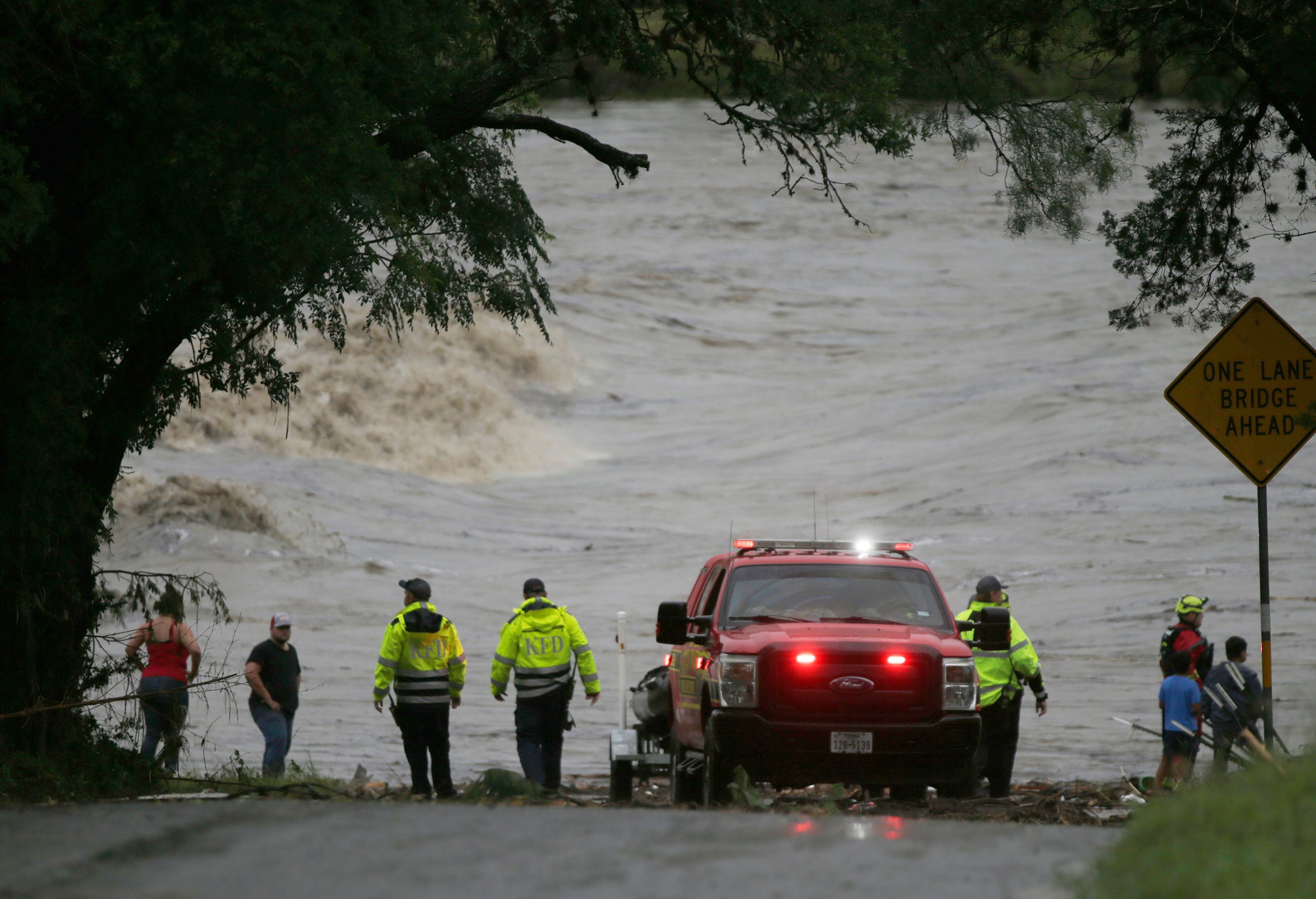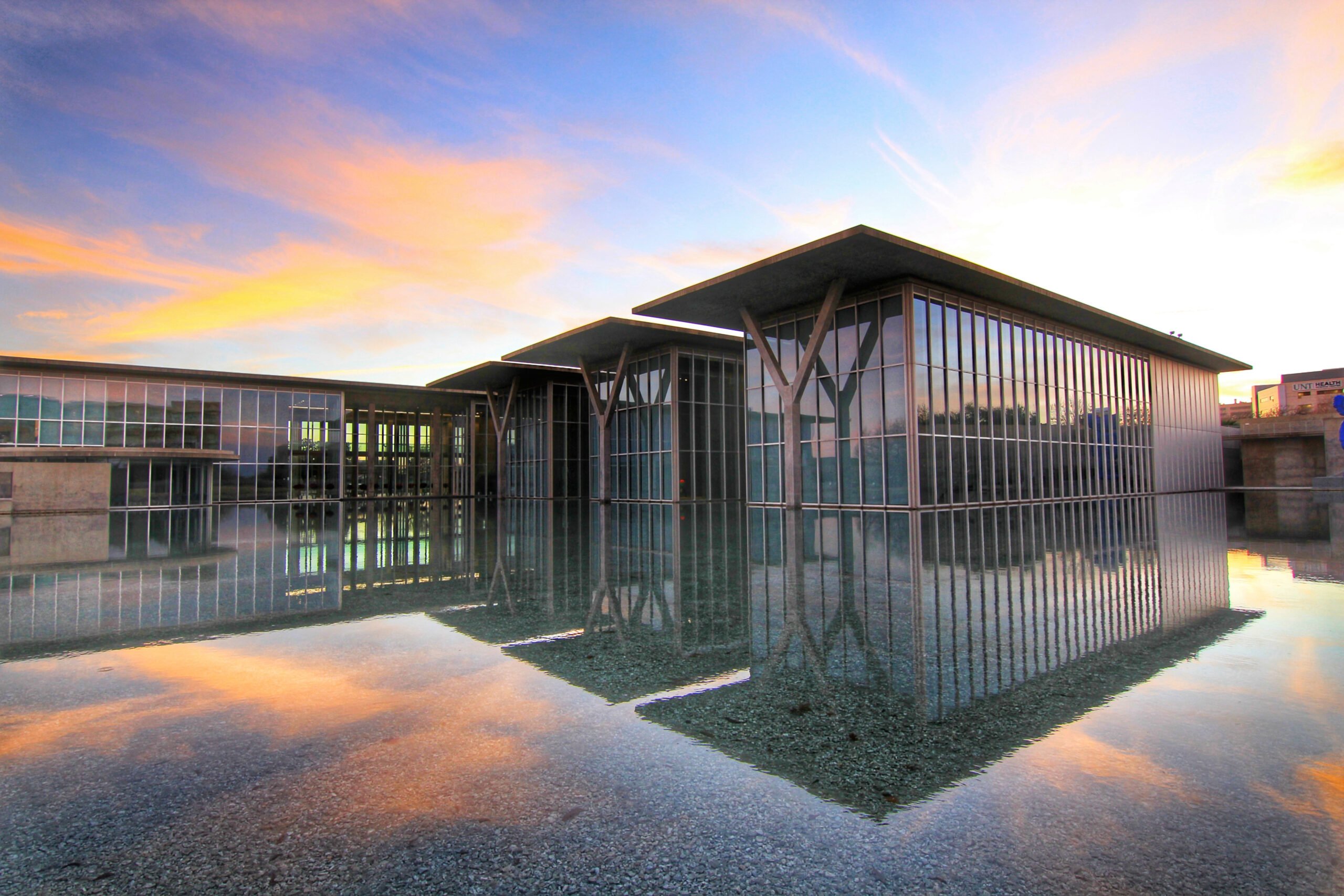ustxtxb_obs_1972_07_21_50_00012-00000_000.pdf
Page 17
Now its geophysical warfare By James Ridgeway Washington, D.C. Faced with the prospect of continuing military failure in Southeast Asia and fearful lest the SALT talks limit future strategic weapons systems, the Pentagon is showing increased interest in “geophysical warfare” different ways in which weather can be modified to our military advantage by making rain, creating tidal waves, triggering earth quakes and other sorts of inexpensive schemes for dealing environmental devastation to the enemy. The different projects are classified under code names “Operation Pop Eye,” “Nile Blue” and “Intermediate Compatriot.” Sen. Claiborne Pell began asking the Pentagon for details after he heard reports that the United States was attempting to rain out the Ho Chi Minh trail, and that our rainmaking efforts contributed to the unusually heavy rains which devastated parts of North Vietnam last year. Other Congressional investigators reported observing U.S. rainmaking planes in Thailand. And the Air Force’s successful rainmaking experiments in the Phillipines are well known. In 1969 the Air Force made rain thereto relieve a drought. Jack Anderson first mentioned reports of rain making along the Ho Chi Minh trail last year. Since then Dan Greenberg chronicled developmenst in his Science and Government newsletter. In April, Science for Vietnam, the Chicago collective, made a report on the subject. Nonetheless, hard information remains scant. THERE’S AN early mention of weather modification in the Gravel edition of the Pentagon Papers. An item dated March, 1967, says, “4. LAOS OPERATIONS Continue as at present 12 The Texas Observer Hard Times 11.111111111.11111111111111111111.11111111.11 plus Operation Pop Eye to reduce trafficability along infiltration routes. Authority !Policy Changes Authorization required to implement operational phase of weather modification process previously successfully tested and evaluated in same area.” The Senate appropriations committee hearings, 1972, mention the Nile Blue subproject: “1. evaluate all consequences of a variety of possible actions that might modify the climate, 2. detect trends in the global circulation which foretell changes in the climate either natural or artificial and 3. determine, if possible, means to counter potentially deleterious climatic changes. Objective of the Project: Investigate how world climate is determined so that “we can predict the effects of modifications man might make in the environment.” At the hearings, Stephen J. Lukasik, director of the Defense Department’s Advanced Research Projects Agency that major world powers have the ability to create modifications of climate that might be seriously detrimental to the security of this country, Nile Blue subproject was established in FY 70 to achieve a ,U.S. capability . . . ” Lukasik went on to say the Nile Blue operation was budgeted at $2 million in FY 1971 and at $3 million in 1973, “for normal expenditures arising from the more substantial use of computer time and the execution and evaluation of the numerical experiments.” Pell entered into a series of frustrating efforts at finding information on the subject. First he asked Rady A. Johnson, the Defense Department’s assistant secretary for legislative affairs, who eventually replied that the department was anxious to keep up on weather modification so as to protect military property from weather damage and to keep pace with the Soviets. Pell next wrote Secretary Laird, who lateraled to John E. Foster, Jr., director of Defense Research and Engineering, who claimed that members of congressional committees with a need to know had been briefed on the subject. He told Pell to get lost: “However, since the information to which I refer has a definite relationship to national security and is classified as a result, I find it necessary to respectfully and regretfully decline to make any further disclosure of the details of these activities at this time.” When Laird himself appeared before I Senate Foreign Relations Committee earPy this spring, both Pell and Fulbri. peppered him with questions , on weather modification. This exchange took place: Pell: Have we engaged in these activities for military reasons in Southeast Asia? Laird: I don’t discuss the operating authority that we go forward with as far as Southeast Asia specifically, but I would be glad to discuss with you the techniques that have been used outside the battle zone. Fulbright: Why do you decline to discuss weather control activities in North Vietnam, yet you freely discuss B-52 flights over North Vietnam? Laird: I do not talk about things that we have not done. . .. We have announced that we have used B-52s over North Vietnam. In connection with the weather programs or such as have been discussed … we have not and are not at this time conducting such operations but I am not going to rule them out. Fulbright: That is understandable. In other words, you have never engaged in the use of this, whatever it may be, weather control, although you have a capability of it. Is that the reason? Laird: We have never engaged in that type of activity over North Vietnam. Fulbright: That is a perfectly logical answer. I don’t see why you were so sensitive about it. Laird: I am not sensitive about it. Mr. Chairman, but While Laird denied use of weather modification over North Vietnam, he carefully did not mention Laos or Cambodia. OTHER FUTURE uses of geophysical warfare were described by Gordon F. MacDonald in a 1968 book called “Unless Peace Comes.” MacDonald, now a member of the President’s Council appreciation dinner for RALPH W. YARBOROUGH Thursday, July 27, 1972 at 8 p.m. Albert Thomas Memorial Convention Center Houston, Texas General Admission $25 per plate For information contact: Yarborough Appreciation Dinner Committee Bob Gammage, Chairman 2310 Main Street, Room 105 Houston, Texas 77002


